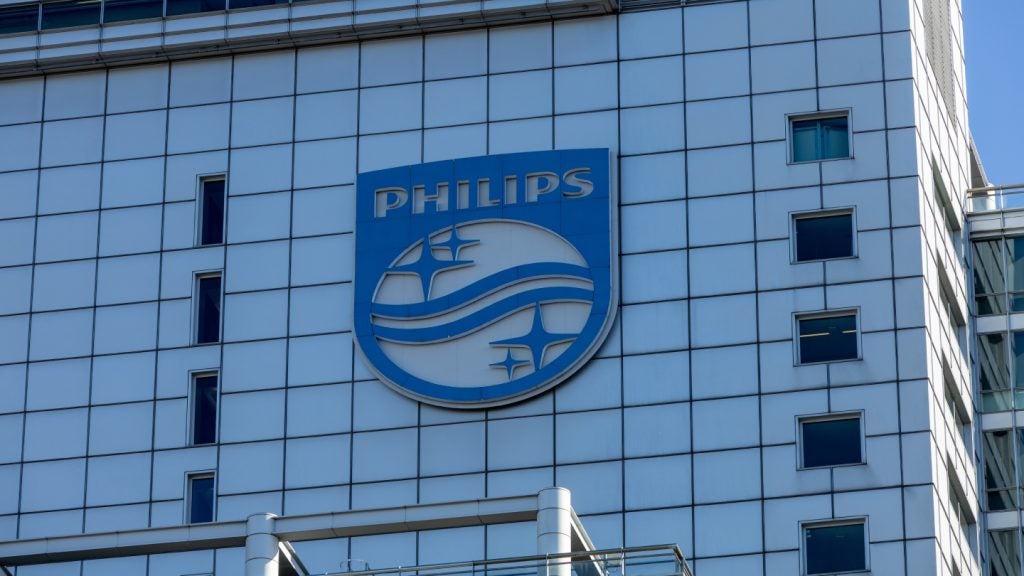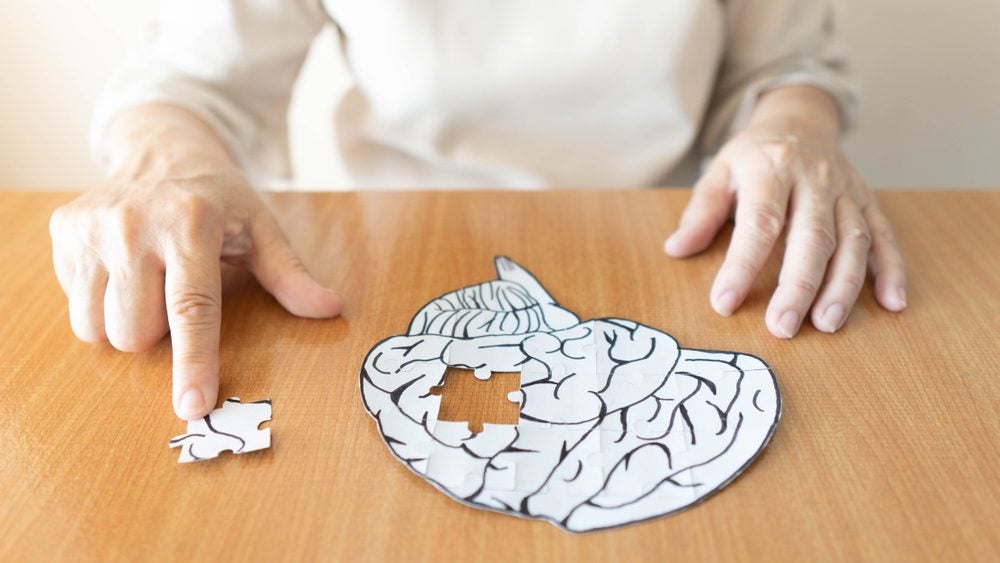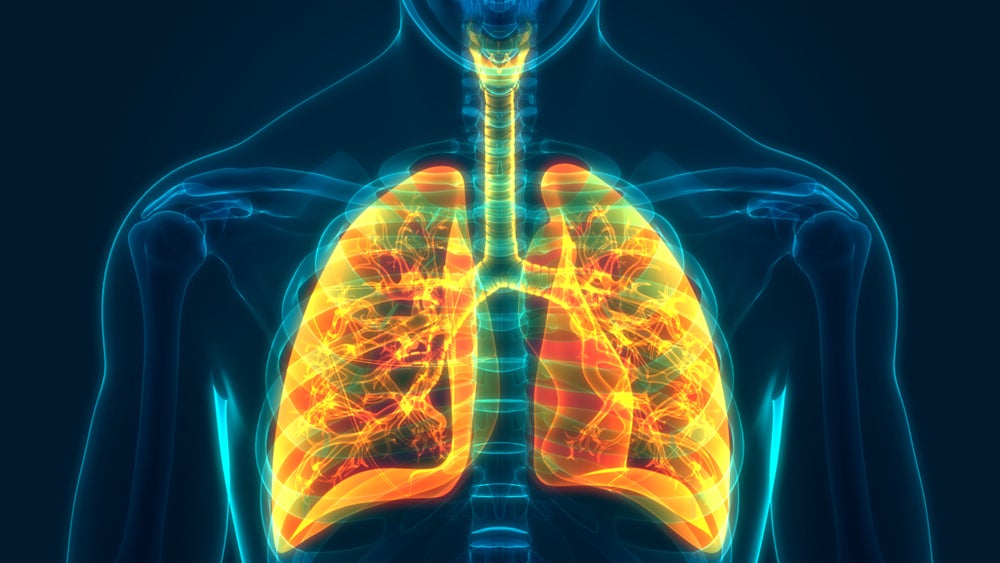Koninklijke Philips had 67 patents in future of work during Q1 2024. The patents filed by Koninklijke Philips NV in Q1 2024 cover various medical imaging technologies. These include systems for radiation detection and control, a chest X-ray system with patient positioning based on facial recognition, a controller for interventional medical devices using artificial intelligence for motion prediction, and ultrasound imaging devices with reconfigurable logic blocks for device attribute detection and configuration. GlobalData’s report on Koninklijke Philips gives a 360-degree view of the company including its patenting strategy. Buy the report here.
Koninklijke Philips grant share with future of work as a theme is 52% in Q1 2024. Grant share is based on the ratio of number of grants to total number of patents.
Recent Patents
Application: Applying a safety algorithm in a system comprising a radiation body and at least one radiation source (Patent ID: US20240058495A1)
The patent filed by Koninklijke Philips NV describes a system comprising a radiation body, a radiation source emitting UV radiation, a detector measuring internal radiation intensity, and a controller applying a safety algorithm after a disturbance incident. This algorithm involves setting an evaluation state for the radiation source during evaluation periods, determining the internal radiation intensity, and assessing safety to restore the normal state of the radiation source based on these values. The system aims to ensure safety by adjusting radiation intensity levels based on detected disturbances caused by objects contacting the radiation exit window.
The apparatus detailed in the patent includes a radiation body with a radiation exit window, radiation sources providing UV radiation, detectors measuring radiation intensity, and a controller managing radiation source states. The controller sets normal and adapted states for the radiation sources, adjusts radiation intensity levels based on disturbance incidents, and applies a safety algorithm involving evaluation periods to determine if it is safe to restore the normal state. The apparatus also allows for adjustment of safety ranges, calibration algorithms for setting tolerance windows, and the use of multiple detectors and radiation sources for enhanced safety measures. Overall, the system and method described in the patent aim to ensure radiation safety in the presence of disturbances and provide a reliable mechanism for restoring normal radiation levels when deemed safe based on internal intensity measurements.
To know more about GlobalData’s detailed insights on Koninklijke Philips, buy the report here.
Premium Insights
From

The gold standard of business intelligence.
Blending expert knowledge with cutting-edge technology, GlobalData’s unrivalled proprietary data will enable you to decode what’s happening in your market. You can make better informed decisions and gain a future-proof advantage over your competitors.







